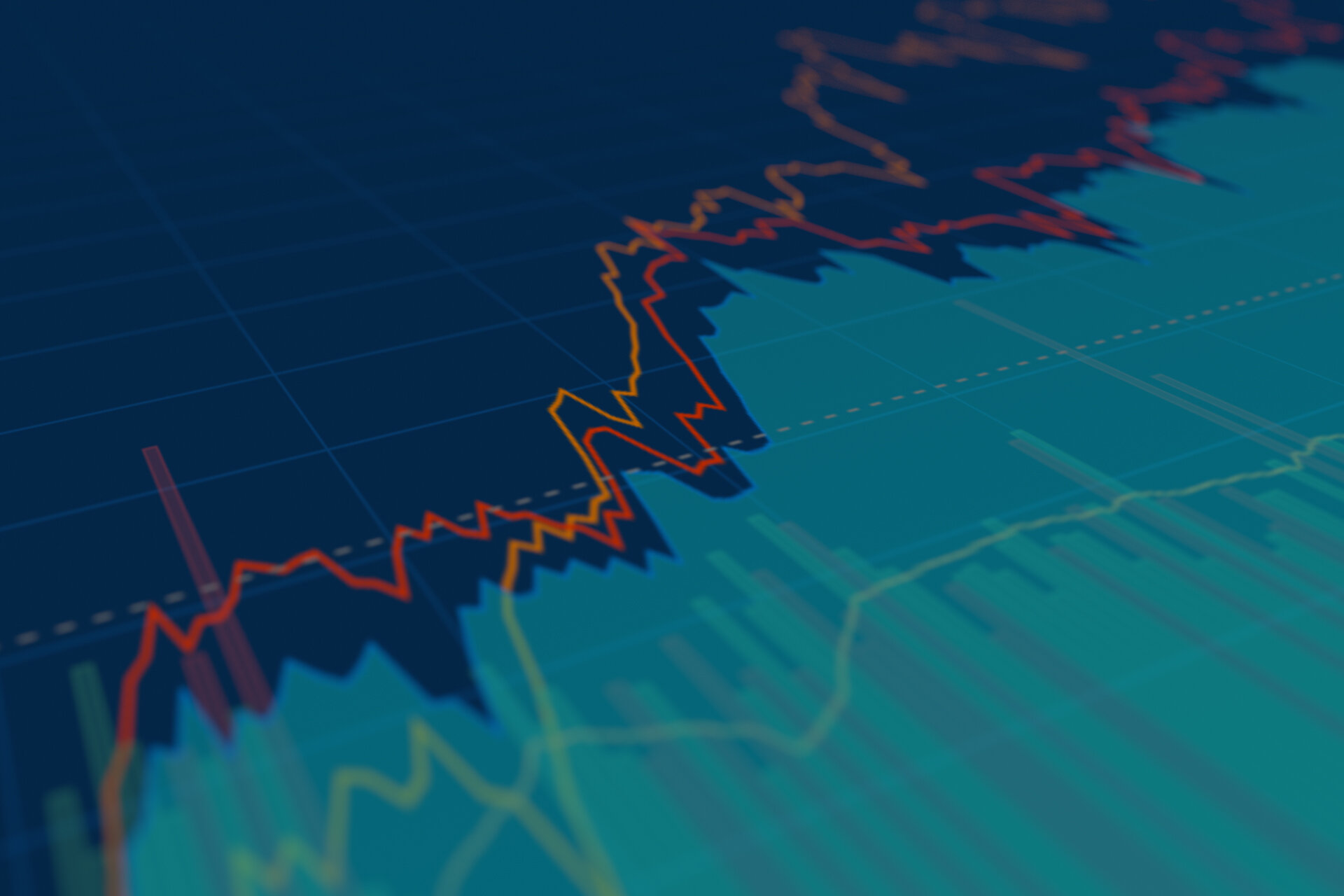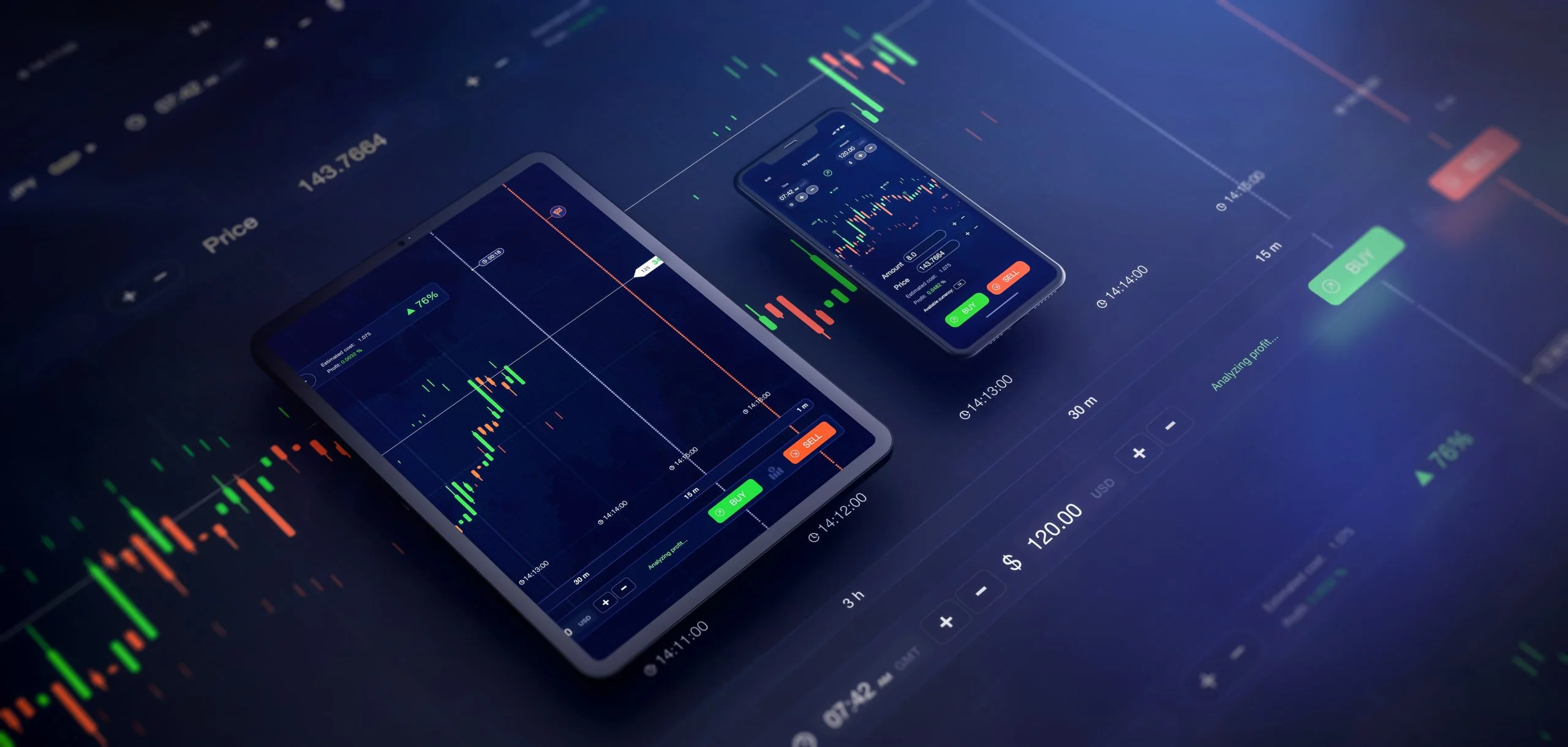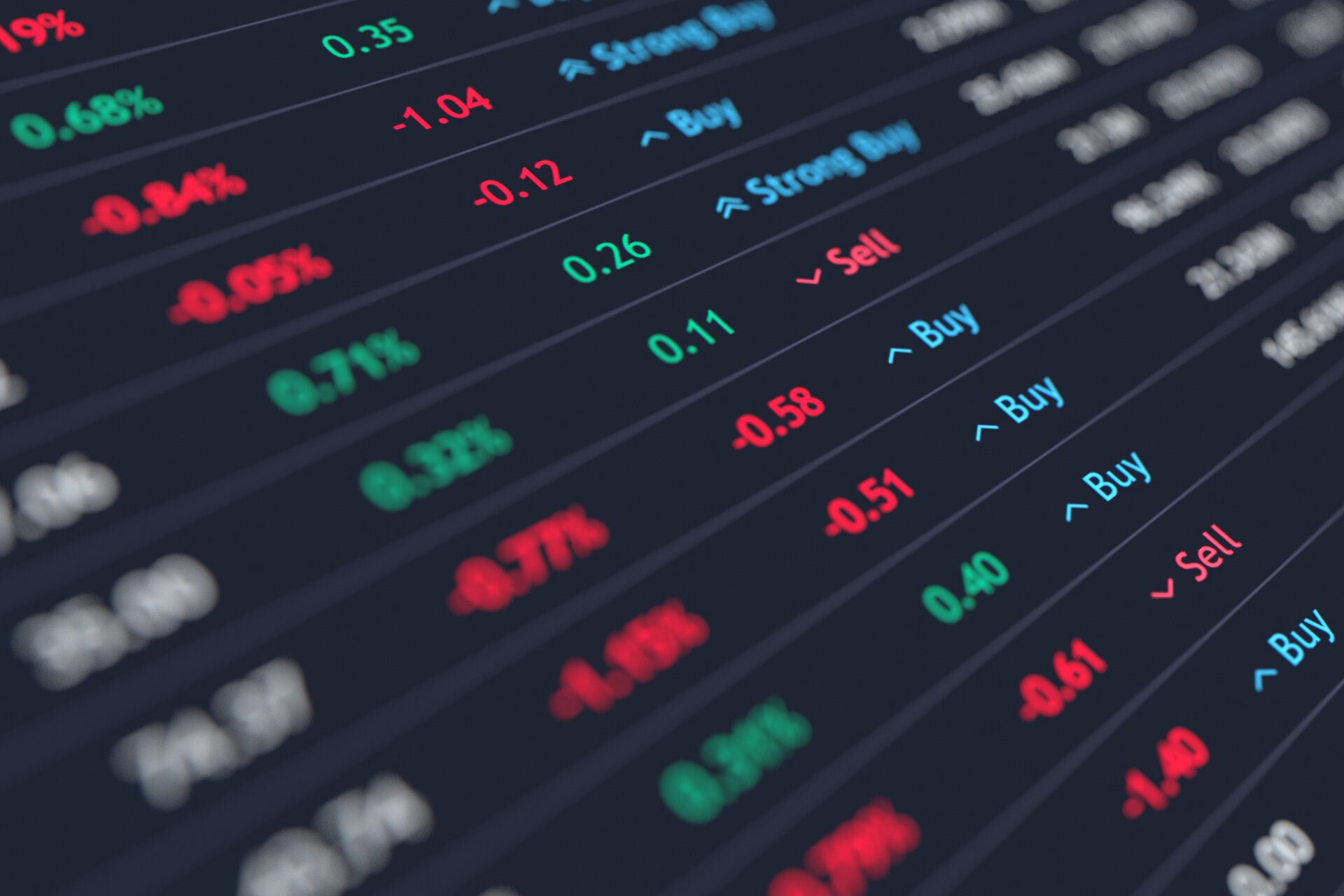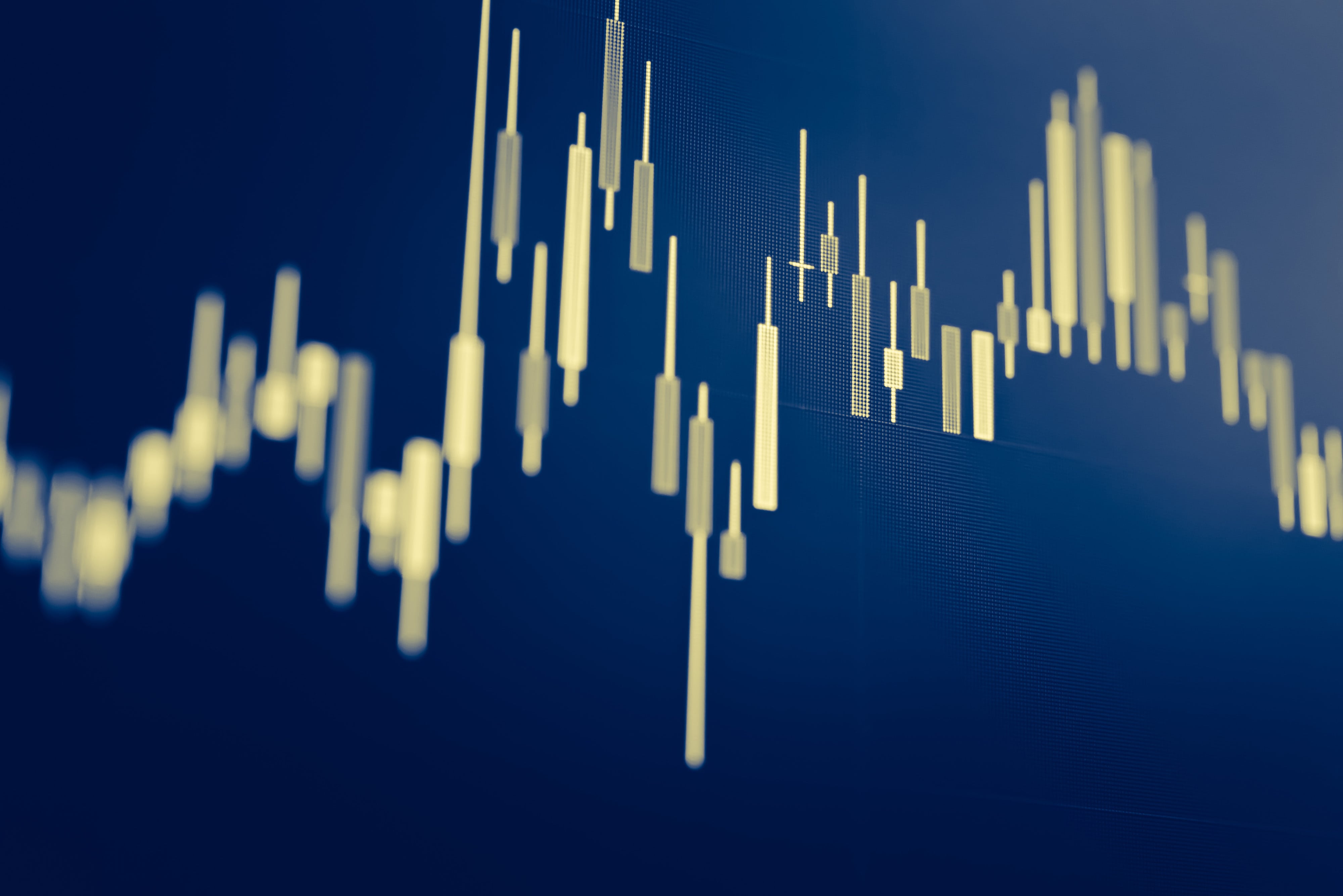ALB Limited 16.08.2022
Technical Indicator Definition
Technical indicators are mathematical calculations based on historical price, volume, or open interest information that aim to forecast future market behavior. In general, technical indicators can be used to measure the strength of a trend, providing trade entry and exit signals, and set target prices. Technical indicators are created by applying mathematical formulas to pricing data, and they are used by traders to try to predict future price movements. There are many different types of technical indicators, each with its strengths and weaknesses. Some common technical indicators include moving averages, relative strength index (RSI), and stochastics.When combined with other forms of analysis, such as fundamental analysis or price action analysis, technical indicators can be a helpful tool for Forex traders.
The moving average (MA) is a simple technical indicator that smooths out price data by creating a constantly updated average price. The period of the moving average can be adjusted to suit the trader's timeframe and preferences. For instance, a 20-period MA will be much more responsive to recent price changes than a 200-period MA.
There are two main types of moving averages: simple moving averages (SMAs) and exponential moving averages (EMAs). SMAs give equal weight to all prices in the period being considered, while EMAs place more weight on recent prices.
The MA is a popular tool among Forex traders because it is easy to understand and use. MAs can be used to identify trends, provide trade entry and exit signals, and set target prices.
What is a technical indicator and how does it work?
A technical indicator is a statistical measure that is used to forecast future market movements. Technical indicators are based on past price data and are used by traders to identify potential trading opportunities. There are many different types of technical indicators, each with its specific purpose.
Some common technical indicators include moving averages, support and resistance levels, and trend lines. These indicators can be used alone or in combination with each other to generate buy or sell signals. Technical analysis is not an exact science, but it can be a valuable tool for traders in making informed decisions about when to enter and exit the market.
When using technical indicators, it is important to remember that they are only meant to be used as a guide. They should not be used as the sole basis for making trading decisions. Technical analysis is only one part of a larger trading strategy that should also take into account fundamental analysis and risk management.
Technical indicators can be displayed on a chart in many different ways. Some common ways to use technical indicators include:
-Overlaying the indicator on top of the price data
-Plotting the indicator below the price data
-Using candlestick charts with the indicator
The most important thing to remember when using technical indicators is that they are meant to be used as a guide, not as a sole basis for making trading decisions. Technical analysis is only one part of a larger trading strategy that should also take into account fundamental analysis and risk management.
Types of technical indicators
There are many different types of technical indicators, each with its specific purpose. Some common technical indicators include moving averages, support and resistance levels, and trend lines. These indicators can be used alone or in combination with each other to generate buy or sell signals.Moving averages
A moving average is a technical indicator that measures the average price of a security over a given period. Moving averages are commonly used to identify trends and smooth out volatility. There are many different types of moving averages, including simple, exponential, and weighted moving averages.
Simple moving averages are calculated by adding up the prices of a security over a given period and then dividing by the number of periods. Exponential moving averages give more weight to recent price data. Weighted moving averages give more weight to data from periods with higher volatility.
Moving averages can be used to generate buy or sell signals. A buy signal is generated when the price of security crosses above its moving average. A sell signal is generated when the price of security crosses below its moving average.
Support and resistance levels
Support and resistance levels are technical indicators that are used to identify potential turning points in the market. Support levels are prices at which demand is thought to be strong enough to prevent the price from falling any further. Resistance levels are prices at which supply is thought to be strong enough to prevent the price from rising any further.
Trend lines
Trend lines are technical indicators that are used to identify the direction of a trend. Trend lines are drawn by connecting two or more price points on a chart. The direction of the trend line will depend on the direction of the price points.
If the price points are going up, the trend line will be sloping upwards. If the price points are going down, the trend line will be sloping downwards. Trend lines can be used to generate buy or sell signals. A buy signal is generated when the price of a security breaks above a resistance trend line. A sell signal is generated when the price of security breaks below a support trend line.
Bollinger bands
Bollinger bands are technical indicators that are used to measure market volatility. Bollinger bands are created by plotting two standard deviations away from a simple moving average. When the market is volatile, the Bollinger bands will expand. When the market is not volatile, the Bollinger bands will contract.
Bollinger bands can be used to generate buy or sell signals. A buy signal is generated when the price of a security breaks above the upper Bollinger band. A sell signal is generated when the price of security breaks below the lower Bollinger band.
MACD
The moving average convergence divergence (MACD) is a technical indicator that measures momentum. The MACD is calculated by subtracting the 26-period exponential moving average from the 12-period exponential moving average. The MACD line is the difference between the MACD line and the signal line. The signal line is a 9-period exponential moving average of the MACD line.
The MACD can be used to generate buy or sell signals. A buy signal is generated when the MACD line crosses above the signal line. A sell signal is generated when the MACD line crosses below the signal line.
RSI
The relative strength index (RSI) is a technical indicator that measures momentum. The RSI is calculated by taking the average of all up days and all down days over a given period. The RSI ranges from 0 to 100, with readings below 30 indicating oversold conditions and readings above 70 indicating overbought conditions.
The RSI can be used to generate buy or sell signals. A buy signal is generated when the RSI crosses above 30. A sell signal is generated when the RSI crosses below 70.
Stochastic Oscillator
The stochastic oscillator is a technical indicator that measures momentum. The stochastic oscillator is calculated by taking the difference between the most recent closing price and the lowest price over a given period, and then dividing it by the difference between the highest price and the lowest price over that same period.
The stochastic oscillator ranges from 0 to 100, with readings below 20 indicating oversold conditions and readings above 80 indicating overbought conditions.
The stochastic oscillator can be used to generate buy or sell signals. A buy signal is generated when the stochastic oscillator crosses above 20. A sell signal is generated when the stochastic oscillator crosses below 80.
How to use technical indicators in your trading strategy?
Technical analysis is a method of predicting price movements and future market trends by studying charts and statistical data. Technical indicators are often used to analyze data, make predictions, and generate trading signals.There are many different technical indicators available, each with its own strengths and weaknesses. It's important to choose the right indicator for your trading strategy.
Here are some examples of popular technical indicators that you may want to consider using:
-moving averages
-Bollinger Bands
-MACD
-RSI
-stochastic oscillator
Each technical indicator has its definition and calculation. You can find more information on each indicator by searching online or in a financial dictionary.
When using technical indicators, it's important to remember that they are only a tool to help you make decisions. They are not infallible and should not be used alone to make trading decisions. Be sure to combine technical indicators with other forms of analysis, such as fundamental analysis, before making any trading decisions.
The benefits of using technical indicators are that they can help you:
-time your entries
-exit trades
-set stop losses and take profits
-identify market trends
-reduce emotions while trading
-In conclusion, there are three main types of technical indicators: lagging, leading, and trend following.
Lagging indicators are those that follow price movements. Leading indicators give signals before prices change direction. Trend following indicators confirm the direction of the market trend.
Each type of indicator has its advantages and disadvantages.














